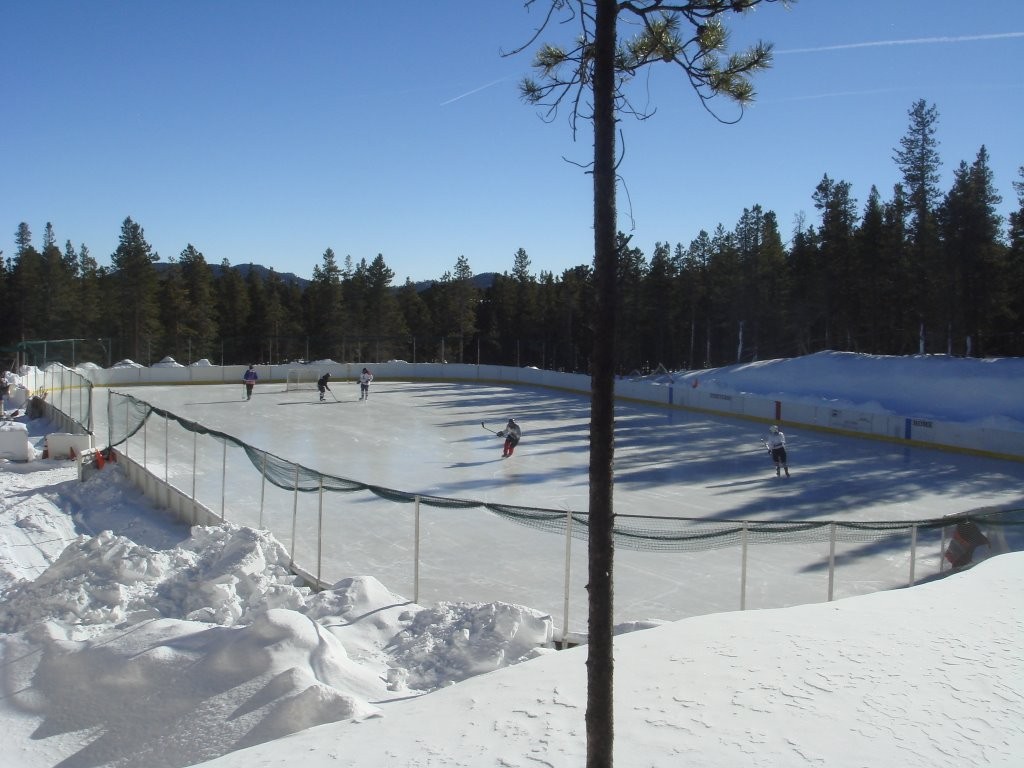 I grew up in suburban St. Louis, Missouri. Growing up there, I learned to ice skate as a little kid and then later took skating lessons at the local county park. We were lucky in that a large full size skating rink was built early on as part of Queenie park’s development as a park. I never thought about skating in terms of its history or how people learned to skate in olden days. Of course since then, I’ve heard many a senior wax nostalgic about learning to skate on a frozen pond in the woods — it sounded so romantic? But ice produced by Mother Nature and ice produced by modern day technology are quite different.
I grew up in suburban St. Louis, Missouri. Growing up there, I learned to ice skate as a little kid and then later took skating lessons at the local county park. We were lucky in that a large full size skating rink was built early on as part of Queenie park’s development as a park. I never thought about skating in terms of its history or how people learned to skate in olden days. Of course since then, I’ve heard many a senior wax nostalgic about learning to skate on a frozen pond in the woods — it sounded so romantic? But ice produced by Mother Nature and ice produced by modern day technology are quite different.
Nederland, Colorado is a small town of around 1300 people. There are no big county parks with fancy ice rinks to be built with our small town budget. But the winter weather is perfect for pursuing winter sports such as hockey, recreational ice skating, and even curling. If you’re not familiar with curling, it is another ice sport that most of America only learns about every four years during the Olympics. Teams of four scoot a teakettle shaped curling “stone” down the ice towards a target type emblem etched into the ice and are awarded points and or games based on whose stone ends up closer to the “bullseye.” Curling has been going on in Nederland since 1998 and is quite the popular winter sport here in our small mountain town. But I digress…
The question, how does one get an ice rink for these activities on a small budget? Well, in Nederland, they convert the town’s tennis courts are converted to the town ice rink over a series of weeks in the fall and a process of important steps. A group of dedicated people started that process the beginning of this month in hopes of opening the ice rink in mid-December, contingent of course on Mother Nature providing the right weather. The first step is taking down the nets, and then a group of RINK volunteers worked to prepare the boards that will surround the courts making what looks more like an ice rink.
These RINK volunteers will continue to volunteer their time throughout November, working on the boards, putting up the boards around the courts, and getting the rink ready to ultimately put down ice. It’s a tricky process as actually getting natural snow can impede their progress. Liners have to be put in on top of the concrete courts to make the surface suitable to make ice on. Ideally, the liners will be put down before any snow or ice builds up on the court. Nederland’s famous winds can wreak havoc as well, blowing the liners away. If the timing is right, the liner can be put down, stretched tight with a row of anchors and will be ready for ice.
The final ingredient in the recipe is making ice. Just like ski resorts need very cold temperatures to make snow for their slopes, so too do the ice makers need sub-freezing very cold temperatures to make ice to put down on the prepared surface. If all goes right — Voila! the ice rink will be ready for winter skaters, hockey players, and curlers before Christmas.
Small mountain towns like Nederland are all about a community, grass-roots effort to get things done. The process that goes into creating the Nederland ice rink is just another great example of that type of community effort to provide winter recreation to our small mountain town.

